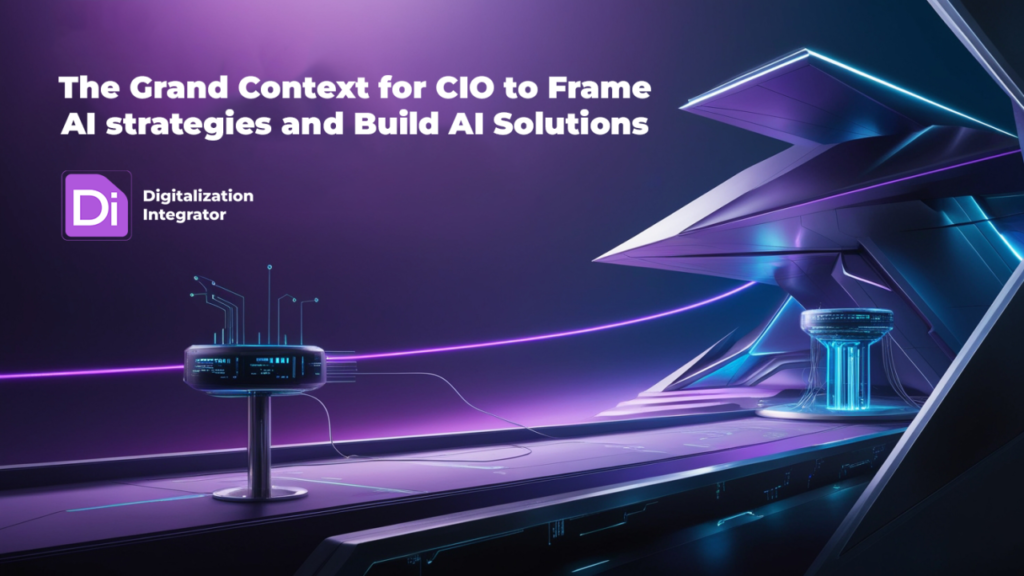Trump’s AI Agenda: Battling Woke Culture at Home and Outpacing China Abroad
With Donald Trump back in the White House after his resounding victory, artificial intelligence (AI) is set to assume a pivotal role in his administration. It appears that Trump will work with other Republican leaders to roll back Woke AI. The Republican National Committees policy platform described this trend as “dangerous” and “[imposing] Radical Left-wing ideas on the development of this technology”. Trump’s biggest billionaire donor, Elon Musk, shares this vision. Through his AI company, xAI, Musk has committed to building “woke-free” technology, reflecting a growing conservative push to reorient AI. This powerful alliance is certain to deepen polarization within the American electorate and intensify political divides on Capitol Hill. Democratic governors are already mobilizing efforts to protect their woke policies from a triumphant Trump.
Another contentious issue is Trump’s plan to deregulate and unleash the innovative potential of AI. During his first term, Trump enacted hundreds of deregulatory actions, reducing regulatory costs by $198 billion. In the AI sector, this approach may involve rolling back regulations that address bias and privacy concerns, enabling faster private-sector growth. During Trump’s first administration, McKinsey noted that the AI sector could add up to $13 trillion to the global economy by 2030. Trump is keen for America to capture a significant proportion of this share, and this reflects his broader view that government oversight is an obstacle to American greatness.
Internationally, Trump regards the U.S.-China AI race as a battle that America must win to maintain its global primacy. “We have to take the lead over China,” Trump declared, framing the competition as essential for U.S. global influence. This view is likely to spur Trump’s next administration to secure dominance over the “AI quartet”: Algorithms, Data, Chips, and Energy. From a national security perspective, Trump will probably build on the work that Biden has done—like the CHIPS and Science Act— to restrict the transfer of sensitive technologies to China.
Algorithms hold immense power in AI, especially in defence and surveillance. During Trump’s first administration military applications involving AI were prioritized such as Project Maven—this employs machine learning for image recognition in military drones. In 2020, the Pentagon requested an additional $841 million for AI research. Trump is likely to expand these investments, and this suggests more partnerships between technology firms and the Department of Défense to bolster national security.
Data, considered the “lifeblood of AI,” is another critical focus for Trump. Stressing about the importance data sovereignty, he has voiced concerns about foreign access to American data, particularly from Chinese technology companies. During Trump’s first term, the administration acted against several Chinese technology companies, including ZTE, Huawei, TikTok, and WeChat, citing national security concerns over potential access to American users’ data. Clearly, Trump’s second presidency will strengthen data security measures for American citizens through enhanced export controls and domestic partnerships aimed at developing a more robust and secure data ecosystem within the United States. However, it is questionable whether such efforts will dent China’s momentum to acquire more data through infrastructure projects via the belt road initiative—touching 139 countries and 63% of the world’s population.
Semiconductors, essential for powering AI, are another area where Trump aims for American leadership. Global demand for AI chips is projected to reach $83 billion by 2027, and Trump not only wants to curb China’s growth in this sector but his first administration enforced severe restriction on Beijing. “We will not allow advanced U.S. technology to help build the military of an increasingly belligerent adversary [China],” said U.S. Commerce Secretary Wilbur Ross in 2020. Most probably, Trump’s next administration will expand on such measures further limiting China’s access to advanced semiconductors and doubling down on Taiwan to shift more of its production capacity to America.
Energy, a vital component for powering AI systems, is very much likely to be prioritized in Trump’s AI plan. According to McKinsey, America’s AI binge will increase data center energy usage to 606 terawatt-hours by 2030. Trump is expected to remove regulatory barriers to energy production and expand the supply of nuclear power ensuring that America’s AI industry has the resources it needs to compete with China.
The effectiveness of their respective governance models may ultimately determine whether the United States or China emerges as the dominant AI superpower. China’s centralized approach to AI, which combines state-led initiatives and direct funding, presents a challenge for America. Under Chinese President Xi Jinping, the government has poured billions of dollars into AI research, positioning China as a leader in global AI patents. No doubt Trump in his second presidency will counter Beijing’s influence with America’s free-market model. However, some experts warn that without a cohesive national strategy, the fragmented American approach could lag behind China’s unified governance model.
In sum, Trump’s AI vision emphasizes American technological supremacy through minimal regulation and accelerated innovation. Such a strategy is exclusively focused on outpacing China in AI capabilities and underlines the high stakes involved. Technological dominance in AI, essential for national security and economic prosperity, may come at the significant cost of increased domestic polarization
Trump’s AI Agenda: Battling Woke Culture at Home and Outpacing China Abroad Read More »




